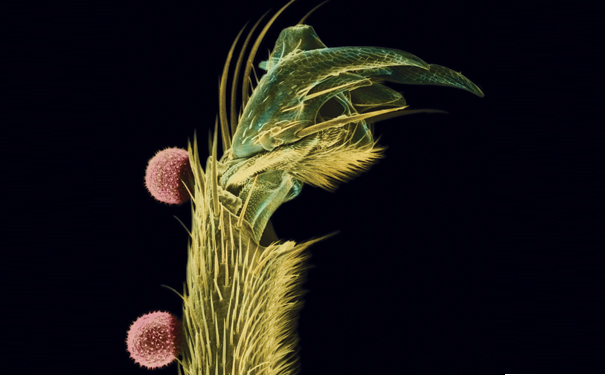The lost frogs of Haiti
Six amphibian species have been rediscovered in Haiti by a Conservation International expedition, after being lost for more than a decade.
Red dwarf stars are prone to powerful eruptions
Small stars can make life very unpleasant for their orbiting planets.
Ask Us: How do lizards survive when they lose their tail?
Most skinks and some of the dragon species can drop their tail quickly to avoid being captured by a predator.
Runaway star’s origin discovered
A blue star hurtling through the outer reaches of our galaxy originated in the centre of the Milky Way 100 million years ago.
Wreck-hunters find sunken hospital ship
After more than 65 years on the seafloor, the Centaur, a World War II Australian hospital ship, has been found nestled in the narrow channel of a canyon more than a kilometre below…
Charging elephants don’t run
Asian elephants can charge up to 20 km/h, a quick pace for animals of their size. But despite appearances, they don’t technically run, say scientists from Belgium, Italy and Thailand.
Travel feature: Bears and the Bering Sea
A landscape of remote, icy islands, ice-clad volcanoes, and lush green valleys winding through jagged mountain ranges — the Russian Coast is a remarkably diverse and inspiring wilderness.

Grains of truth: Why pollen is the new hero of forensics
December 2, 1989, a private twin-engine plane travelling from San Diego in the US crashed near a regional airport in Ruidoso, New Mexico, killing the pilot and his wife.
Copenhagen enforces green roof policy
Denmark’s capital is set to become a city of sky gardens, with the passing of a mandatory green roof law for new buildings.


